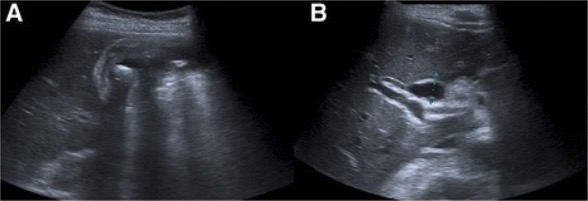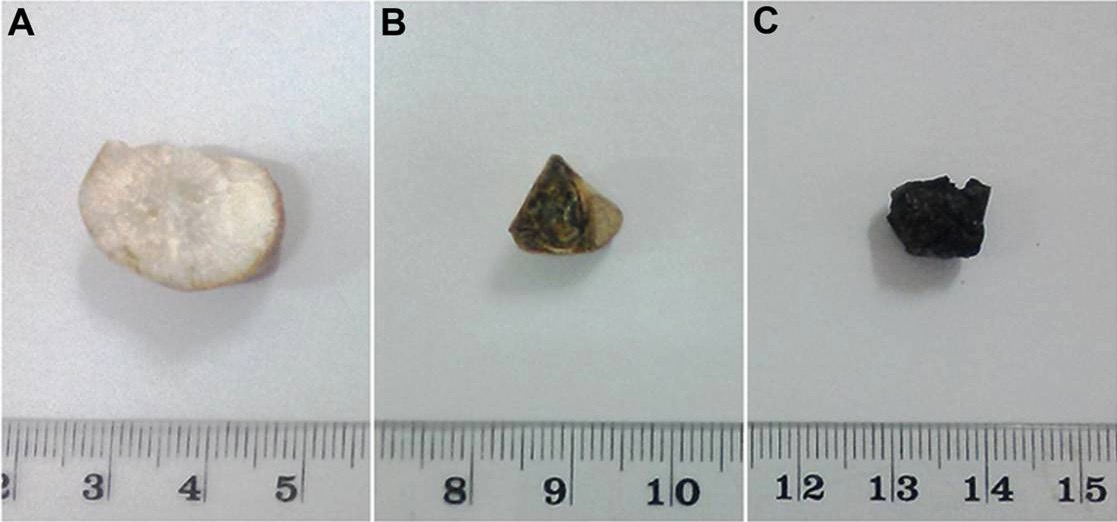Playlist
Show Playlist
Hide Playlist
Biliary Disease: Definitions
-
Emergency Medicine Bord Biliary Disease.pdf
-
Download Lecture Overview
00:01 Now, let’s take a few moments to talk about definitions here. 00:05 This is something when I was a student that would confuse me all the time. 00:08 So I wanna make sure that we’re all on the same page before we get started talking about more complex material. 00:14 So Cholelithiasis, what does that mean? Cholelithiasis means that there are gallstones in the gallbladder. 00:21 It doesn’t say anything about whether or not the patient has an infection or anything along those lines. 00:27 It just means that there’s gallstones there. 00:29 Patients can have gallstones and actually not be symptomatic with them. 00:32 But all that means is that there are gallstones there. 00:35 So if you get an ultrasound report that says cholelithiasis, just means there's gallstones. 00:40 Cholecystitis is the next definition to review. 00:44 So a cholecystitis means, is it means that there is inflammation and infection of the gall bladder. 00:50 So this is when we get into the infection component. 00:53 So Cholelithiasis, just stones; cholecystitis is inflammation and infection. 00:59 Cholangitis is the next definition. 01:03 So what cholangitis means, is it means that there’s obstruction of the ductal system in the liver. 01:08 This leads to elevated pressures and infection. 01:12 The classic triad here we’ll talk about in a moment, but fever, right upper quadrant pain, and jaundice. 01:18 So what are the common presenting complaints? What do people come to the Emergency Department complaining of? Right upper quadrant abdominal pain is a very common chief complain here. 01:30 And this is one of those pains that can radiate actually to the right scapula or the right shoulder, so the right posterior upper back or the right shoulder. 01:40 Patients oftentimes will have nausea and vomiting. 01:44 The pain may be worse after eating. 01:47 This is one of those situations where it’s very helpful to ask about factors that provoke the pain and factors that make the pain potentially better. 01:55 So especially after eating fatty foods. 01:57 So you eat french fries and a burger, or something along those lines. 02:01 And the pain gets worst in that area, that definitely supports the fact that there may be gallstones or possibly even cholecystitis. 02:08 Fever mostly present in a situation of cholecystitis, so if there’s that inflammation and infection there that’s when the fever component would happen. 02:16 And then yellowing of the skin or the eyes which means jaundice essentially. 02:22 So you wanna make sure you’re looking in the eyes, looking at the skin closely, sometimes it can be hard to see. 02:27 Jaundice especially in patients who have darker skin tones, but asking patients sometimes if they look different than they look normally can help you there. 02:35 Sometimes I ask patients to see their license if they described that they look different or they feel like they look different so you can compare a little bit, what they look like on a regular day to what they look like today. 02:45 And this is mainly something that occurs when patients have that cholangitis component. 02:52 So when they have the blockages of the vessels of the ductal system within their liver. 02:56 What are we gonna see on our physical exam here? Pain, tenderness in the right upper quadrant and also a Murphy’s sign. 03:04 So what is a Murphy’s sign mean? A Murphy’s sign is when you palpate in the right upper quadrant and when you are palpating deeply the patient stops their inspiratory effort. 03:15 And that’s associated with pain. 03:17 Other things to look for are jaundice or scleral icterus. 03:22 Scleral icterus is yellowing of the conjunctiva of the eyes. 03:26 You wanna make sure you're reviewing those vital signs. 03:29 You're looking for fever, patients potentially who are very sick may have evidence of sepsis and those patients would have a low blood pressure or an elevated heart rate. 03:39 Definitely you are looking for the fever in that area as well. 03:43 Now, Charcot’s Triad is something that supports the diagnosis of cholangitis. 03:49 So the triad consists of fever, plus right upper quadrant pain plus jaundice equals Charcot’s Triad. 03:57 You can also add in hypotension and altered mental status. 04:01 If you add those in it equals Reynold’s Pentad. 04:05 Cholangitis is one of those diagnoses that you wanna be sure not to miss. 04:09 Patients can be very, very ill when they have cholangitis. 04:13 So if you're worried about this diagnosis definitely be thinking about this triad as well as the Pentad.
About the Lecture
The lecture Biliary Disease: Definitions by Sharon Bord, MD is from the course Abdominal and Genitourinary Emergencies. It contains the following chapters:
- Biliary Disease Definitions
- Biliary Disease: Signs and Symptoms
- Biliary Disease Examination
Included Quiz Questions
What is cholecystitis?
- Inflammation of the gallbladder
- Presence of gallbladder stones
- Presence of bile sludge
- Obstruction of the biliary ductal system
- Calcification of the gallbladder
What are the components of Charcot's triad?
- Fever + RUQ pain + jaundice
- Fever + vomiting + jaundice
- Vomiting + RLQ pain + jaundice
- RLQ pain + vomiting + fever
- Jaundice + abdominal pain + vomiting
Customer reviews
5,0 of 5 stars
| 5 Stars |
|
5 |
| 4 Stars |
|
0 |
| 3 Stars |
|
0 |
| 2 Stars |
|
0 |
| 1 Star |
|
0 |






